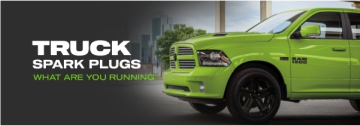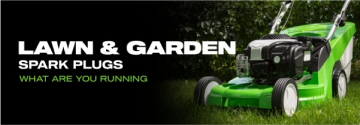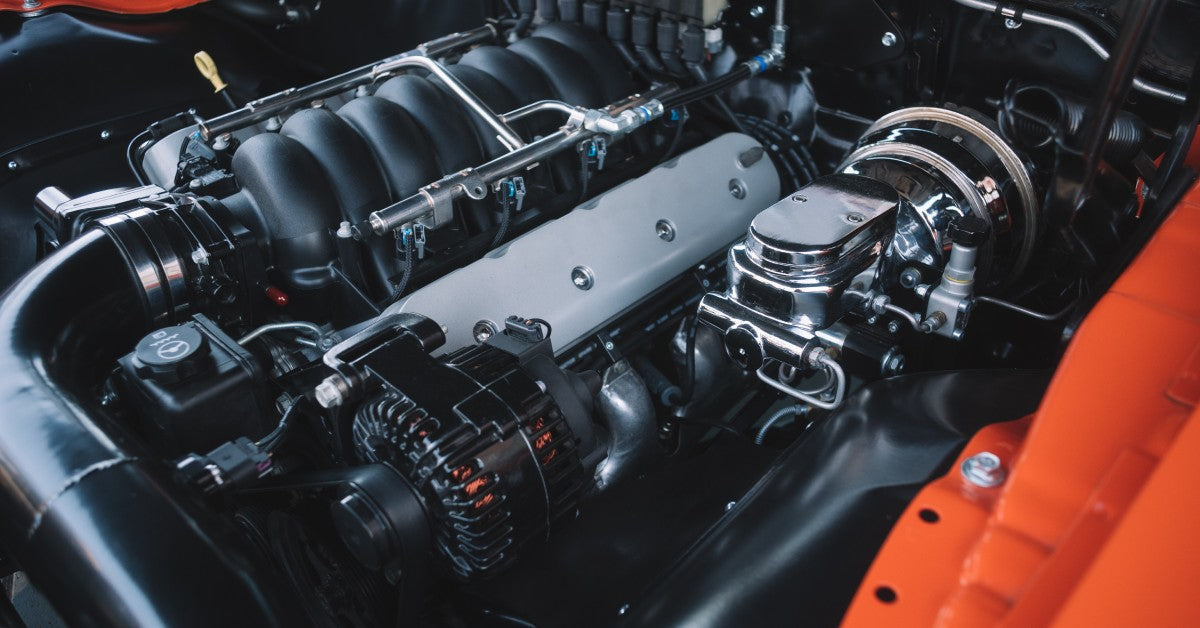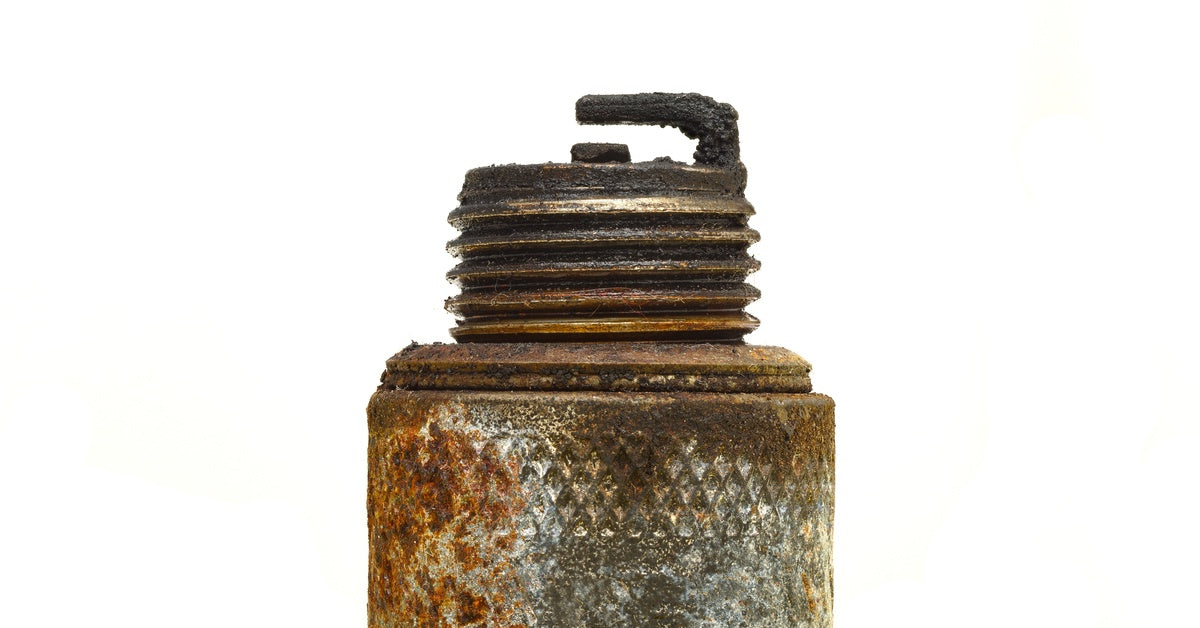

This car, hit by Hurricane Sandy’s storm surge, could presumably show up on an auction or used car lot in the coming months. E3 Spark Plugs offers tips on spotting flood-damaged vehicles.
As towns hit by Hurricane Sandy begin what may be a long and arduous recovery, victims will be looking for ways to get back on their feet financially. Unfortunately, a few less scrupulous individuals will find ways that cause further victimization. And among the common tactics is selling flood-damaged vehicles, passing them off as strong, clean rides.
Buying one of these cars saddles victims with a load of trouble. Flood water is an abrasive mix of water, dirt and other contaminates that can seep into every crack and crevice of a vehicle. Upholstery and carpet is ruined – but that’s the least of your problems. Engine computers, sensors and other electronics are susceptible to corrosion and can prove faulty, if not altogether fried.
“Most vulnerable are the engine, transmission and drive train, along with the fuel, brake and power steering systems,” AAA Spokesman John Nielsen told reporters. “Unless dirt and other contaminants are completely removed from these important vehicle components, increased wear and premature failure can result.”
Before you sign the dotted line and hand over your hard-earned cash, E3 Spark Plugs offers tips on spotting flood damaged cars:
- Take a sniff: And if you get a strong whiff of Febreze, be suspicious. Unscrupulous sellers will go to lengths to mask the tell-tale scents of a flooded car. Hit the ground and sniff in the footwells and under the dash. Also, turn on the air conditioner and heat to see what the HVAC systems smells like. You might look funny down on all fours, but you won’t feel foolish walking off the lot with your wallet still intact.
- Inspect the electricals: Turn on lights, wipers, seat heaters, the radio, fan and anything else with an “on” button, switch or dial to make sure they’re working properly. Pop out a few of the fuses and check to see if the terminals are discolored or corroded. Swipe the end of a wooden toothpick in the sockets and check for moisture, dirt or grit. Also, pop the hood and check beneath any push-on terminals, such as those on the battery. Look for corrosion or discoloration inside the terminals. And feel the wires. If the car is relatively new, yet the wire insulation feels brittle and stiff, it’s a red flag that the car’s engine was once submersed.
- Go dark: If possible, take the car to a dark area, turn off all lights and take a look at the dash instruments. If any indicator lights are glowing without being entirely illuminated, it could mean electrical trouble, as mild current leaks can sometimes semi-illuminate warning lights. Also check for condensation beneath LCD or LED display panel glass and for errant pixel patterns, such as displays stuck on certain numbers.
- Check compartments: Sellers tend to miss tell-tale dirt and grime in hard to see, but easy to reach spots. One notorious such spot is the bent sheet metal support welded onto the inner trunk lid of most cars. These typically are hollow with access holes. Run a cotton swab inside one of them and see what comes out. A little rust and dust is normal, but silt, sludge and moisture is not. Other spots to check include inside the wheel well and bumpers, and behind the door panels.
- Look for wear-and-tear weirdness: If much of the car’s softer, porous parts such as the carpet and upholstery have been replaced, it can be a sure sign of a recently-flooded car. A used car should show a reasonable amount of wear-and-tear on the seats, carpet and pedals. If multiple components look too new, keep walking.
These formerly flooded vehicles are expected to start flooding into used car lots soon, so beware. Flooded vehicles often are bought by the owner’s insurance company to settle the claim. These vehicles, along with that were part of vehicle fleets owned by self-insured companies, often turn up at auctions in states unaffected by storms. Some states have enacted laws with specific standards requiring flood-damaged cars be titled as salvage, flood, water-damaged, etc., though many an unscrupulous seller will ignore those laws. If you suspect a seller is attempting to fraudulently pass off a storm-damaged car, walk away and report the details to local law enforcement.
Own a flooded car? Click here for info on how you might be able to revive it.







